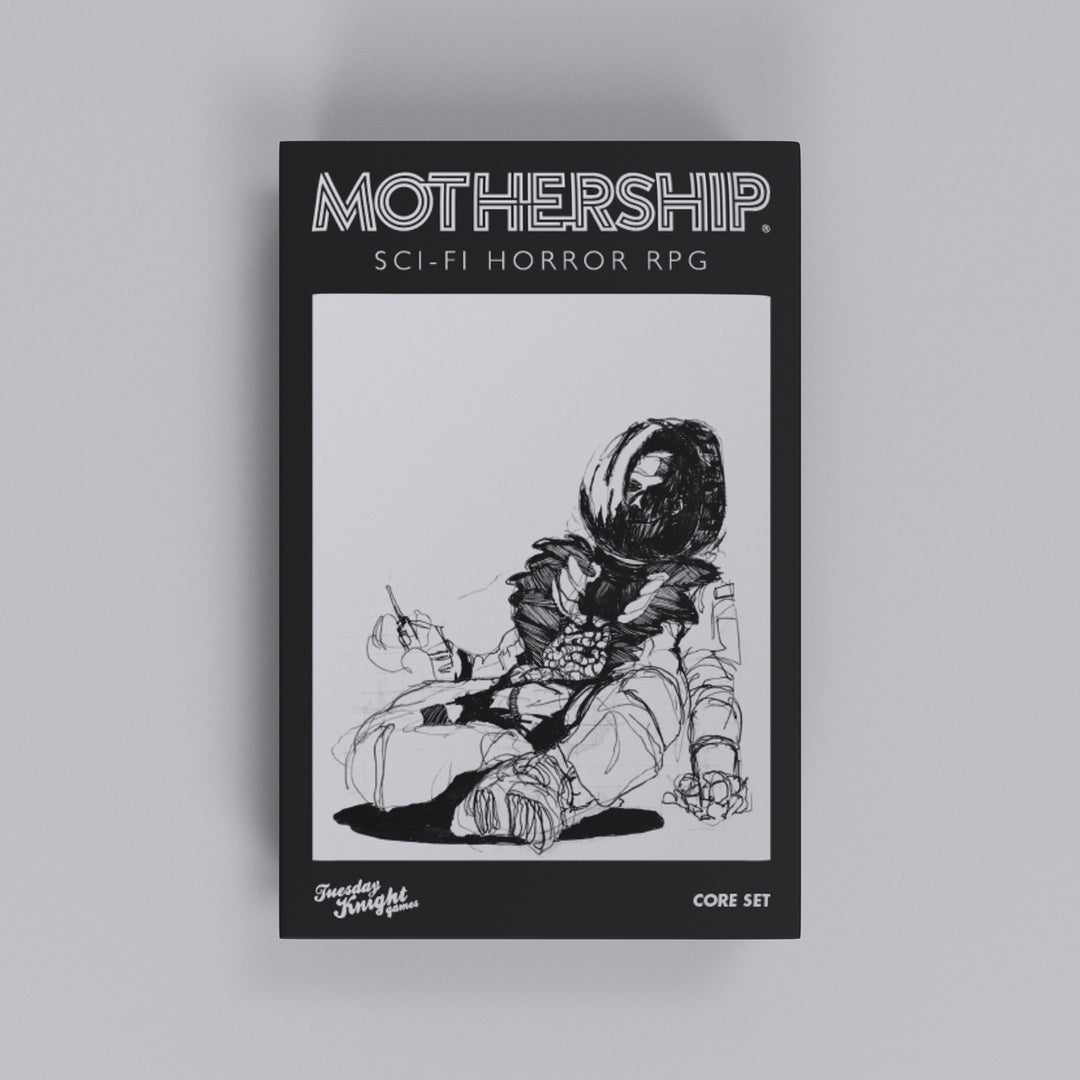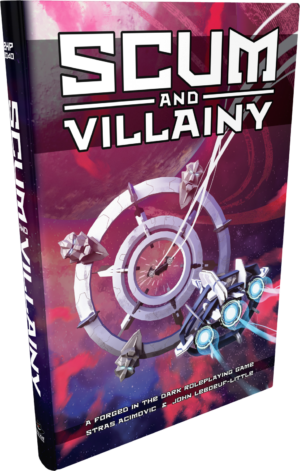Death in Space Science Fiction; Cosmic Horror; Dark; Exploration-Driven; Survival; Resource Management; Tactical Combat
Death in Space is a tabletop roleplaying game that plunges players into a gritty, collapsing universe. It emphasizes survival, resource management, and exploration in a dark science fiction setting. The game distinguishes itself with lightweight rules, a focus on spacecraft customization, and the incorporation of cosmic horror elements through void mutations and corruption. It's geared towards players who enjoy tactical combat, scavenging, and creating their own narratives within a bleak, opportunity-filled environment.
Theme and Setting
Death in Space is set in the Tenebris system, a region within a collapsing universe struggling to recover from a devastating war over resources. Interplanetary governments have crumbled, leaving corporations unable to maintain interstellar society. This creates a blue-collar, grimy future where resources are scarce, and competition is fierce. The game is inspired by works like 2001: A Space Odyssey and Firefly, leaning into a more desperate and survival-focused tone compared to optimistic sci-fi. A key element is the constant static behind transmissions, hinting at the universe's decay and the encroachment of entropy. This environment emphasizes exploration, scavenging, and the constant need to do anything to survive.
Core Mechanics and Rules
The game employs lightweight rules intended for quick learning and easy use. Character creation is largely randomized, with four stats ranging from 0 to 3, influencing skill checks against a default difficulty number. Origins, backgrounds, traits, and allegiances provide narrative hooks rather than specific advantages. The core resolution mechanic involves rolling a d20 plus an ability score. The game also utilizes advantage and disadvantage, achieved by rolling two d20s and taking the better or worse result. Failed rolls generate Void Points, which can be spent for advantage, but overuse can trigger Void Corruption, manifesting as both beneficial mutations and detrimental effects. Combat uses elective initiative, with characters acting in an order they choose and rounds lasting about 10 seconds. The hub, either a space station or ship, is central to gameplay, requiring constant maintenance and upgrades achieved through scavenging spare parts.
What Makes it Unique
Several factors distinguish Death in Space from other tabletop RPGs. The game has a system for quick generation of player characters, spacecraft, and space stations. Customization is key with over 60 different modules available to personalize spacecraft or stations. The inclusion of cosmic mutations linked to Void Points adds a layer of unpredictable horror, providing unique abilities or debilitating conditions. The repair system focuses on collecting spare parts, emphasizing the setting's resource scarcity. Another unique narrative touch is the 'Death in Space' table, rolled upon a character's death, granting them a vision of their intended demise, subtly suggesting a disruption in the natural order.
Target Audience and Player Experience
Death in Space targets players who enjoy gritty science fiction, cosmic horror, and exploration-driven gameplay. The game appeals to those who appreciate resource management, tactical combat, and the freedom to create their own narratives in a bleak, opportunity-filled setting. The randomized elements and numerous tables enable GMs to run sessions with minimal pre-planning. The game's focus on survival and the constant need for resources cultivates a sense of desperation and encourages players to make difficult choices. While the core rules are simple to grasp, the gameâs setting and themes are not always inviting for those completely new to RPGs. The grim tone and focus on decay might not appeal to players who prefer optimistic or heroic science fiction.



